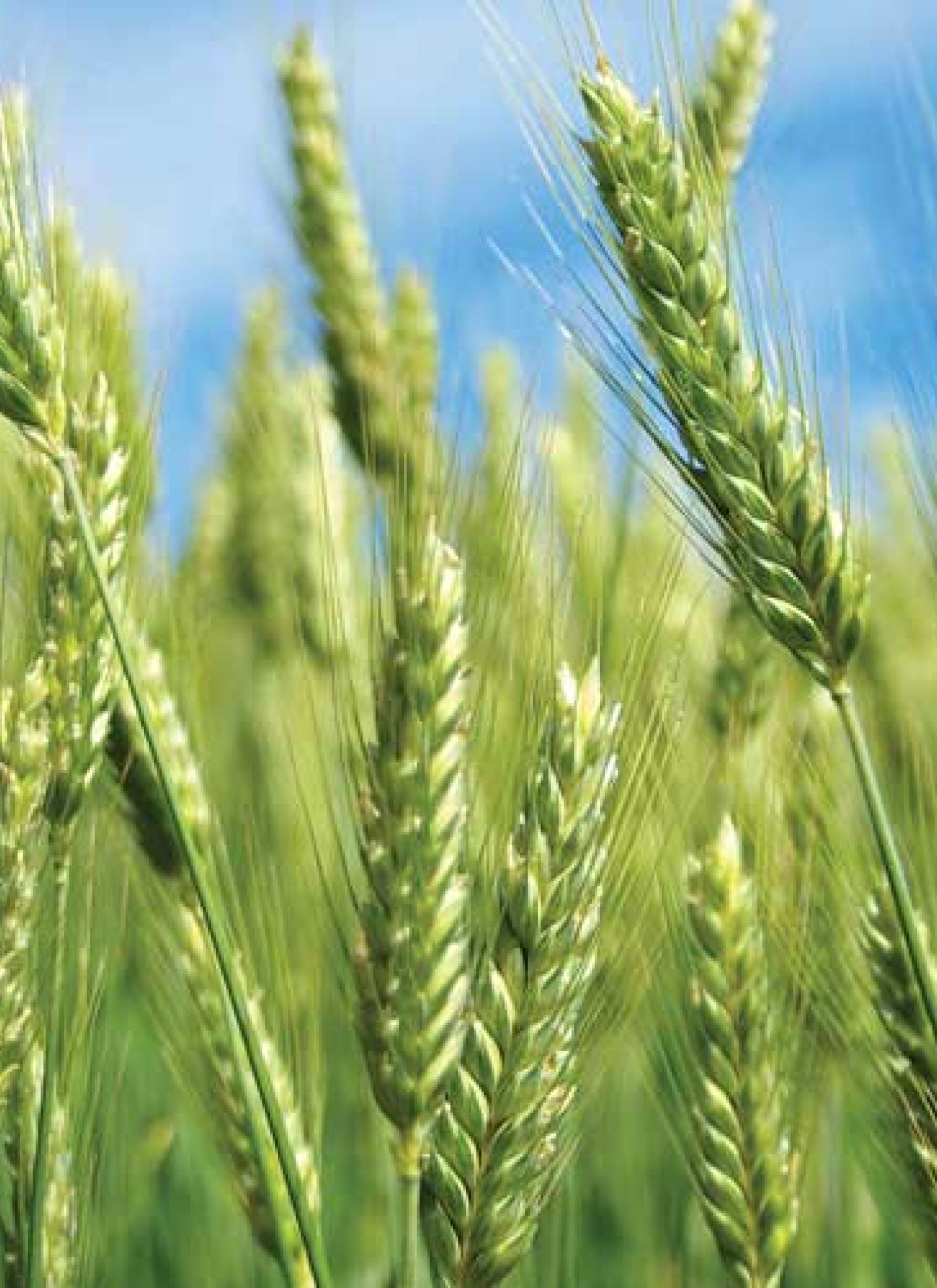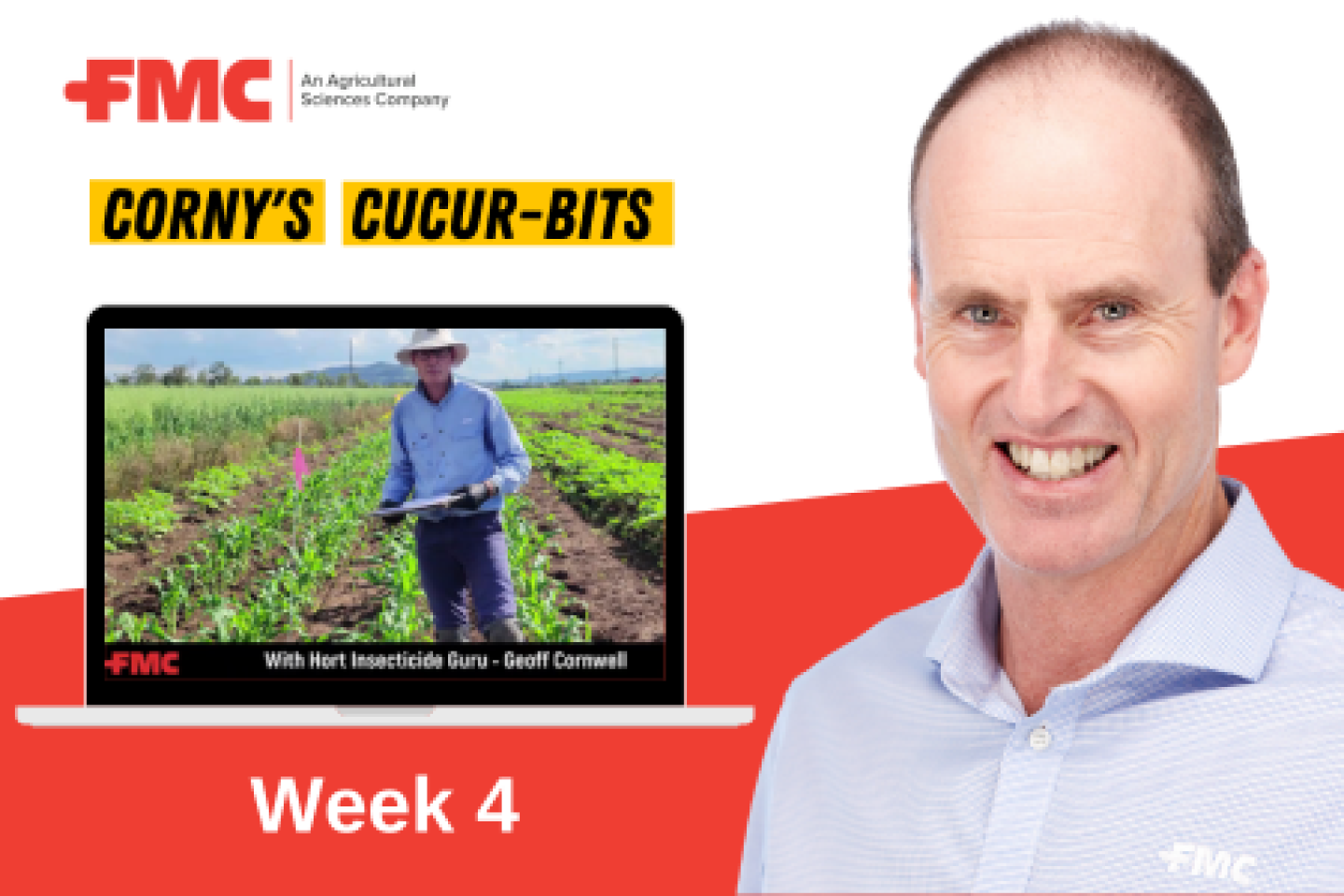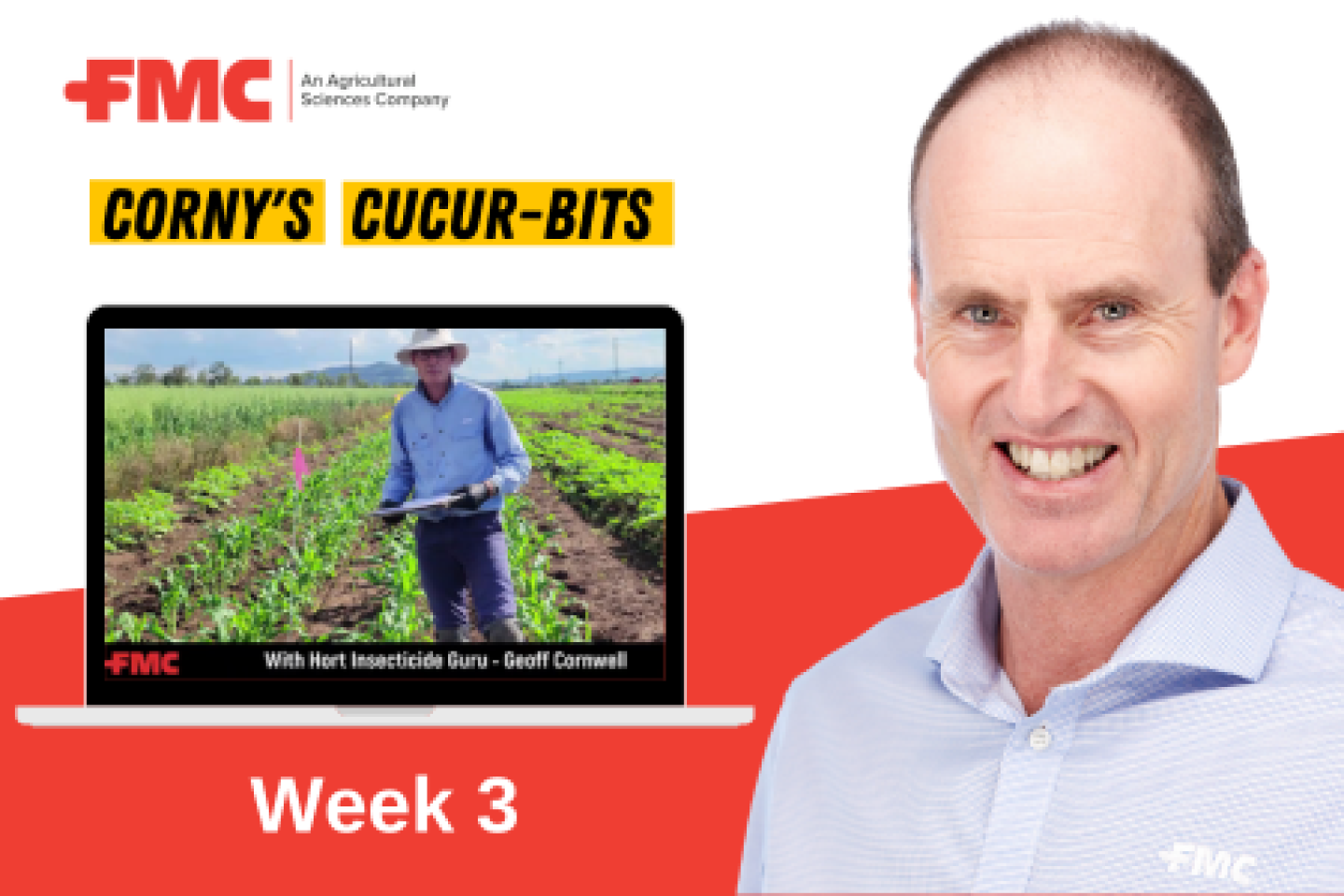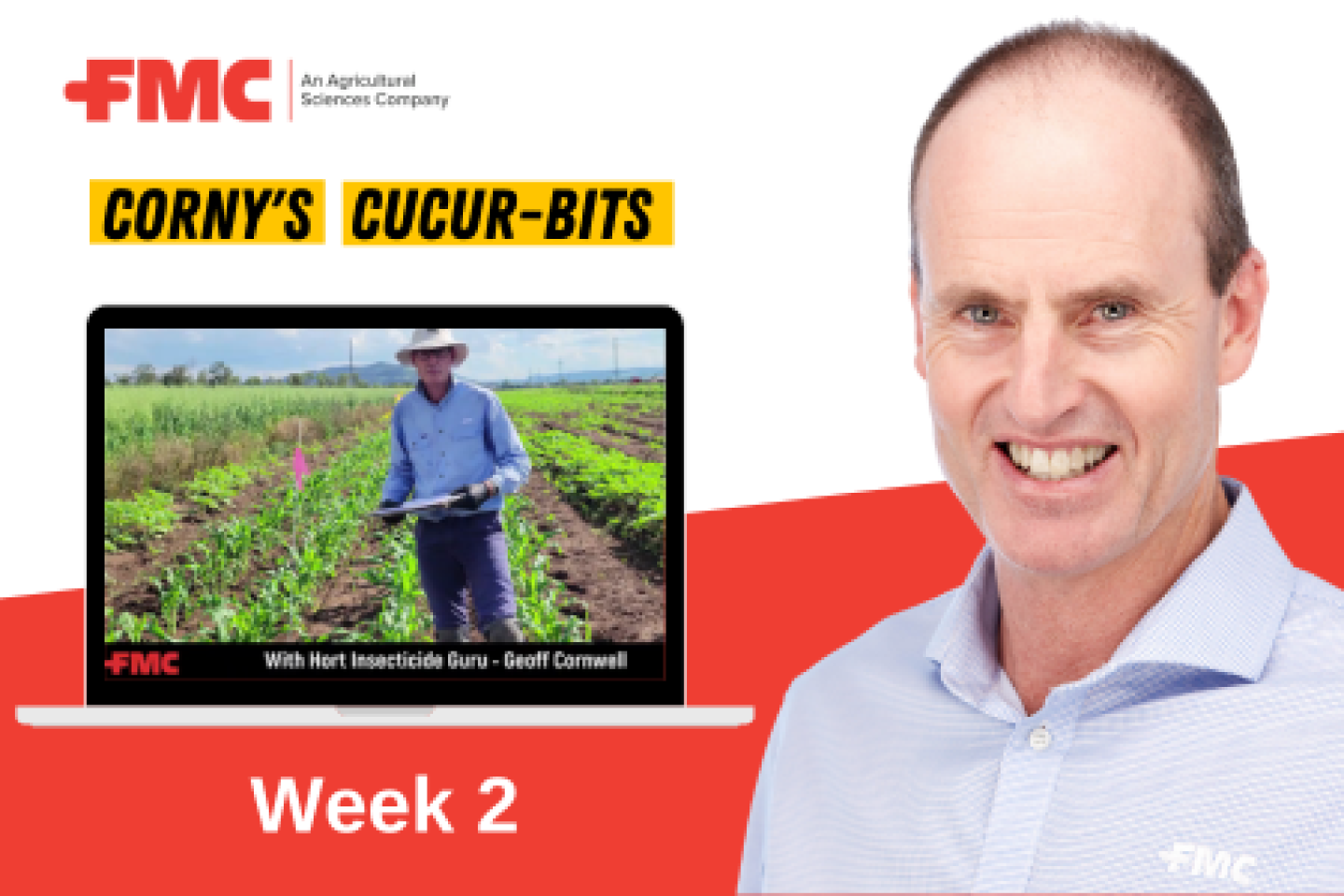Aussie fruiting vegetable growers - especially those producing tomatoes, cucurbits, and similar crops - face ongoing challenges from a range of pests. Silverleaf whitefly (SLWF) is a particularly important pest in these crops, alongside thrips, aphids and caterpillars. Effective pest management relies on understanding pest biology, regular crop monitoring, and integrating a variety of control strategies. Geoff Cornwell, Product Development Manager at FMC with more than 30 years of hands-on experience, shares his insights on how to stay ahead of these pests.
Silverleaf Whitefly (SLWF): The Key Driver Pest
SLWF can multiply rapidly and cause significant crop losses, especially when infestations are allowed to build. Early intervention is crucial to keep populations below damaging levels and to reduce the risk of virus transmission.
Geoff’s Advice: “If you’re growing fruiting vegetable, keep a close eye on your crops for SLWF. Don’t wait until you see big numbers. Jump in early when you spot the first signs. That’s when you’ll get the best results and avoid bigger problems down the track. Focus on the eggs and early nymph stages; that’s where you’ll make the biggest impact.”
Thrips and aphids: Suppression and IPM
Thrips - including tomato thrips, western flower thrips and aphids – melon and green peach - are notorious for causing plant and fruit damage and spreading disease. While complete eradication is rarely possible, suppression is achievable, especially when treatments are timed to target early developing populations.

Geoff’s Advice: “Thrips and aphids can be tricky, but you can keep them in check if you’re smart about it. I always recommend back-to-back sprays for the best effect with Benevia®, but don’t forget to rotate your products - mix things up so you don’t run into resistance issues. Good coverage is key, and if you can: bring in beneficial insects, work with nature and keep tabs on what’s happening in your crop with regular monitoring.”
Chewing Pests: Caterpillars & Leaf Miners
There are a range of caterpillar pests that can devastate fruiting vegetable crops including heliothis/helicoverpa, cucumber moth and tomato leafminer. These pests are most susceptible in their egg hatching and early larval stages.
Geoff’s Advice: “Don’t wait until you see damage - get out there and scout for eggs and hatching caterpillars. Early action is your best bet to protect your crop and stop outbreaks before they get out of hand.”
Supporting Beneficials and Managing Resistance
Modern pest management isn’t just about eliminating pests - it’s about working with nature. Preserving beneficial insects and rotating chemistries are important for long-term control and resistance management.
Geoff’s Advice: “Keep an eye on your beneficials and use products where possible that have known selectivity on key beneficial insects in the cropping program. Rotate your chemistries, monitor regularly, and always follow the label. And remember - avoid spraying when bees are out and about.”
By acting early, rotating products, and integrating IPM, fruiting vegetable growers can protect their crops from SLWF, thrips, aphids and chewing pests while supporting a healthy farm ecosystem. For those seeking alternatives to actives like pyriproxyfen and spirotetramat for SLWF control - especially where resistance is an issue - products such as Benevia® offer effective control and a diverse label for easy integration in the overall pest management strategy.
Always read and follow label directions. Benevia® and FMC are trademarks of FMC Corporation or an affiliate.



